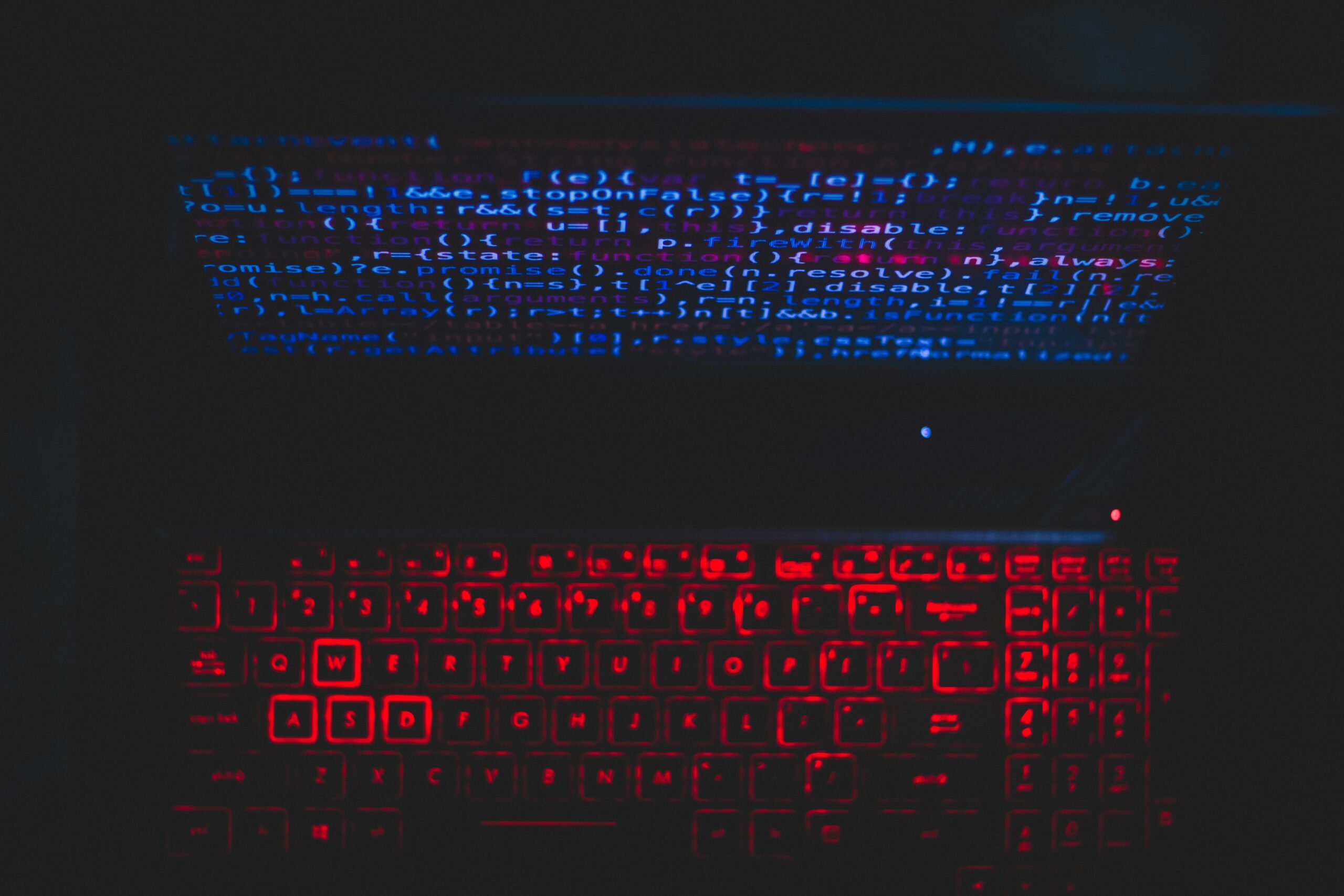Can AI Be Detected in Essays?
In today’s digital age, the question that piques educators, writers, and content consumers alike is whether we can differentiate between content produced by humans and those churned out by AI systems. The surge of technological advancements has led to the creation of highly sophisticated AI systems capable of generating content at the tap of a button. Platforms like Chat GPT have reached such advanced levels that they can emulate human analysis, leading to growing anxiety within the Higher Education sector. Curious about AI in essays and its detection? Learn how tools like ChatGPT interact with Turnitin.
Can AI Be Detected in Essays?
Recent advancements have seen the development of plagiarism software tailored to detect AI-generated content. One such initiative was launched by Turnitin, a renowned plagiarism detection software provider, which introduced “Originality” on 4 April 2023. This tool claims to detect AI-written essays with a whopping 98% confidence. However, its accuracy has raised eyebrows, as there is a looming fear of false accusations against students.
How To Tell If An Essay or An Article Was Written With AI?
Over the years, the volume of AI-generated content has skyrocketed. To maintain content integrity, whether in academia, professional setups, or informal settings, it’s essential to validate its origin. But how do we distinguish between man and machine? Let’s explore.
Method 1: Using Undetectable AI’s Multi-Detection Tool
- The tool Undetectable AI is designed to analyze content using multiple AI detectors, including Originality and GPTZero.
- It assesses content through an intricate model trained on multiple batched documents.
- The process involves calculating a likelihood based on its vast dataset to predict if a piece of content has been AI-written.
- Although not foolproof, it’s an excellent start to gain some insight into the content’s origins.
Method 2: Originality.ai Detector + Text Visualizer (paid)
- Originality AI offers dual benefits – it detects AI content and visualizes it.
- It’s stringent in its detection, often marking any hint of AI writing.
- Its unique text visualizer allows users to observe how content was written, especially useful for those leveraging Google Docs.
- Another impressive feature is its plagiarism detection, providing an added layer of content validation.
Method 3: Using GPTZero (very careful & accurate detection)
- GPTZero stands out due to its careful and precise detection methodology.
- It primarily focuses on academic content, ensuring content integrity within educational spaces.
- The tool’s strength lies in its foundation – built on seven distinct technology components, which arguably makes it the most reliable public AI detection tool today.
Method 4: Content at Scale AI Detector (casual writing & free)
- For those looking for quick AI detection, Content at Scale is the go-to platform.
- It offers a detailed breakdown, highlighting suspicious or blatant AI segments within content.
- The tool excels at pattern recognition, leveraging it to determine if the content fits existing writing formats or if it’s too patterned (a hallmark of AI-generated content).
Conclusion
With the growth of AI-generated content, the tools to detect such content are also rapidly evolving. The key is to use a combination of tools and human intuition to ensure the content’s authenticity. After all, maintaining the integrity of information is essential in today’s information age.
FAQs
How do you avoid AI detection in an essay?
- Avoid AI editing tools. While tools like Grammarly are helpful, using their AI-driven services, like GrammarlyGO, might cause your content to be flagged.
- Minimize AI tool usage. Resist the allure of AI for content creation. Stay authentic, especially when your original thoughts are your currency.
- Channel your unique voice. Each writer’s tone and style are distinct. Perfecting this can deter AI detection, ensuring your content remains uniquely human.
What makes AI text detectable?
AI detectors, specifically designed to identify AI-generated content, can be pivotal for educators ensuring student originality or moderators filtering fake reviews. However, these tools are still in their infancy, teetering on the edge of reliability. It’s crucial to prioritize institutional guidelines over external advice, ensuring you remain compliant with evolving policies on AI writing.
Is AI actually a risk?
Delving into the philosophical domain, the existential threat of AI lies in its potential to redefine human identity. As judgment-based tasks transition to AI algorithms, the innate human ability to make decisions may deteriorate. This transition, while not catastrophic, could redefine what it means to be human.







